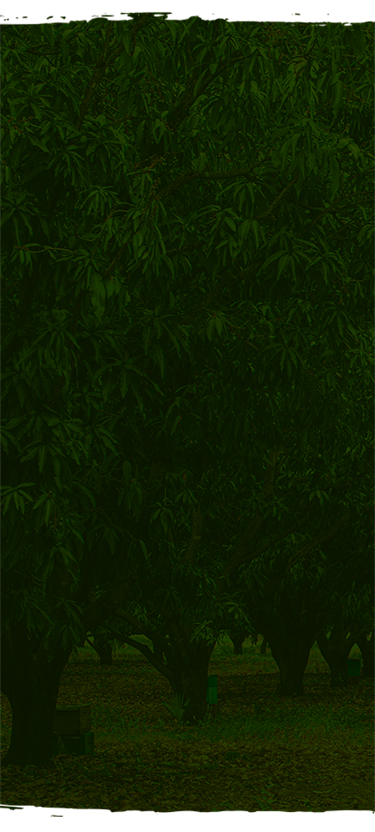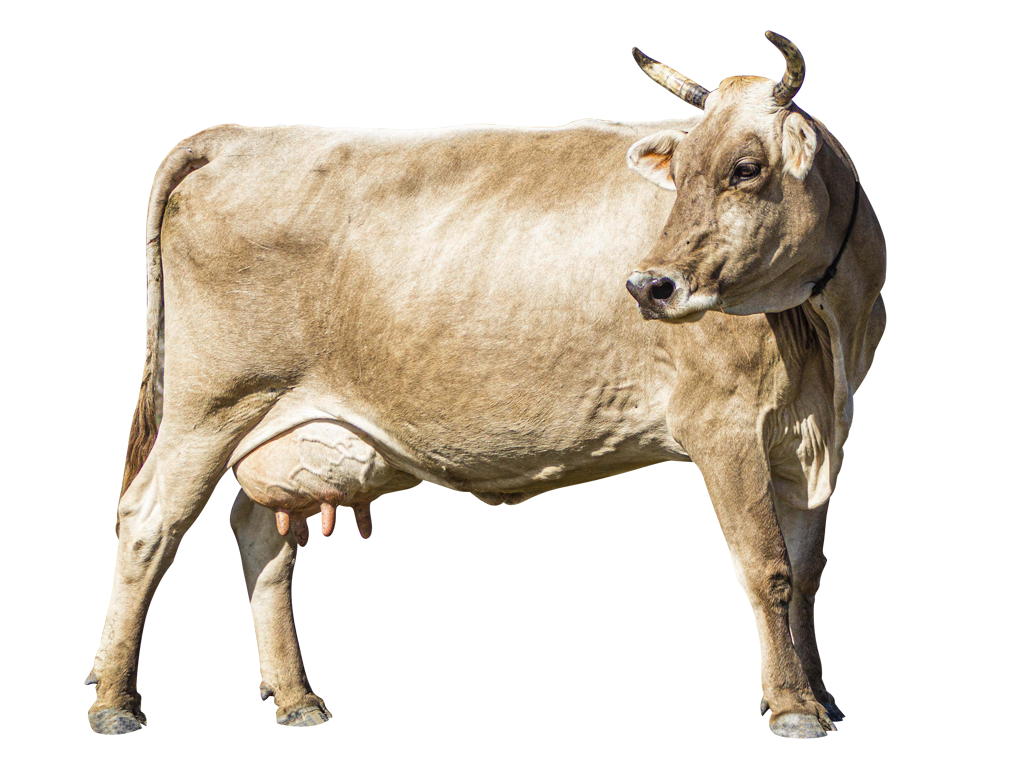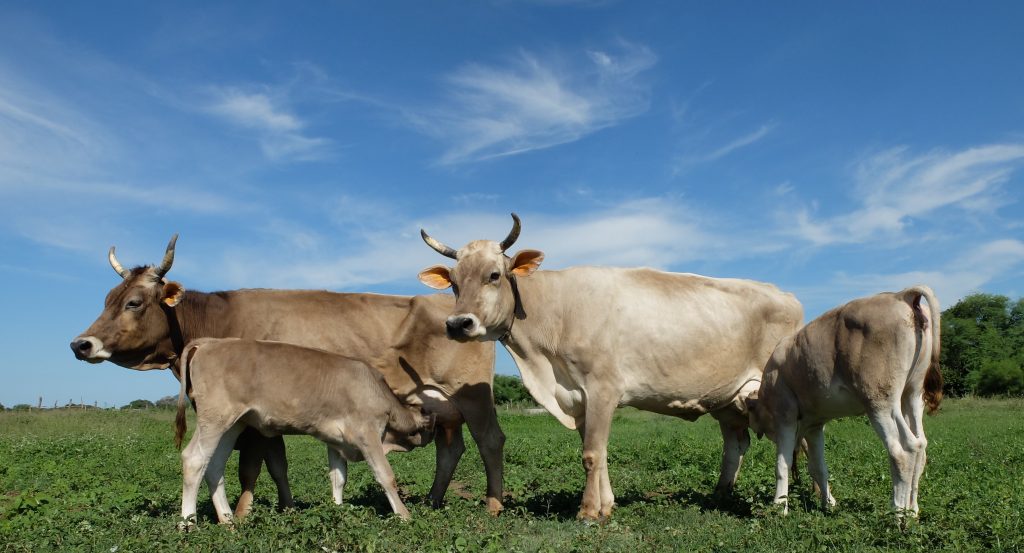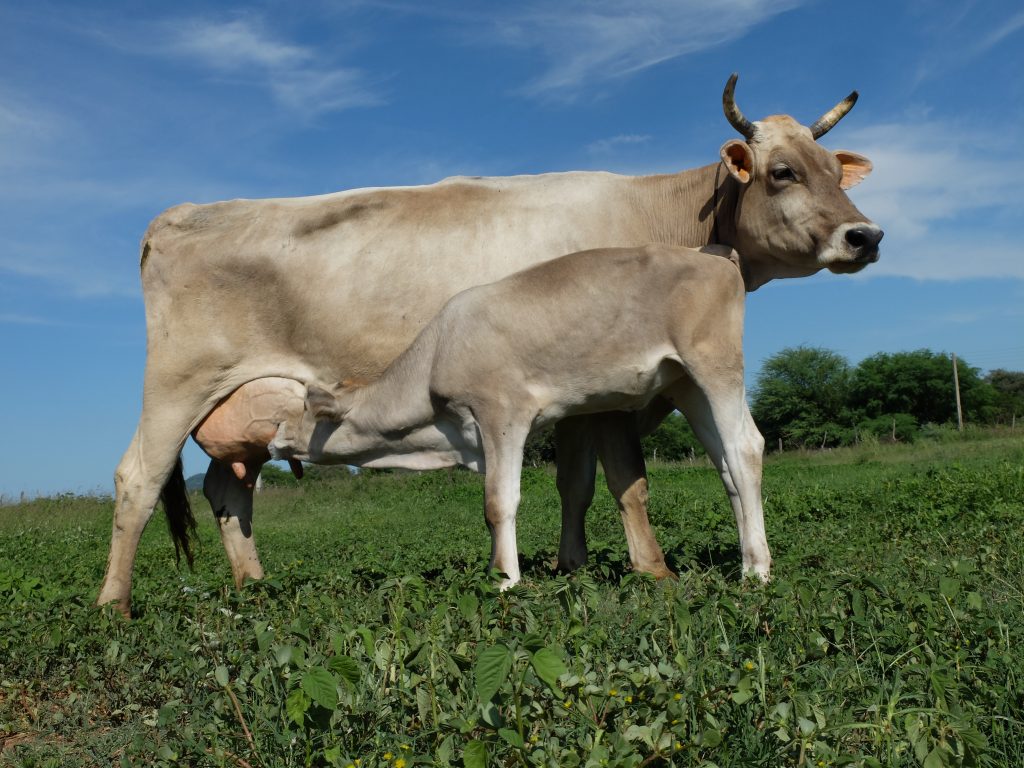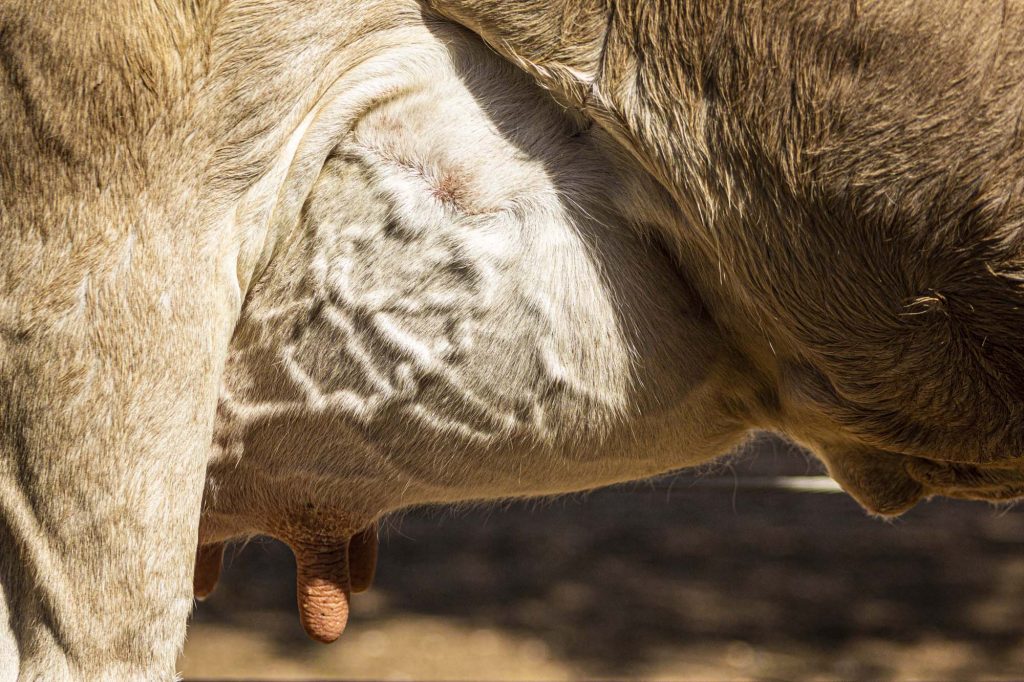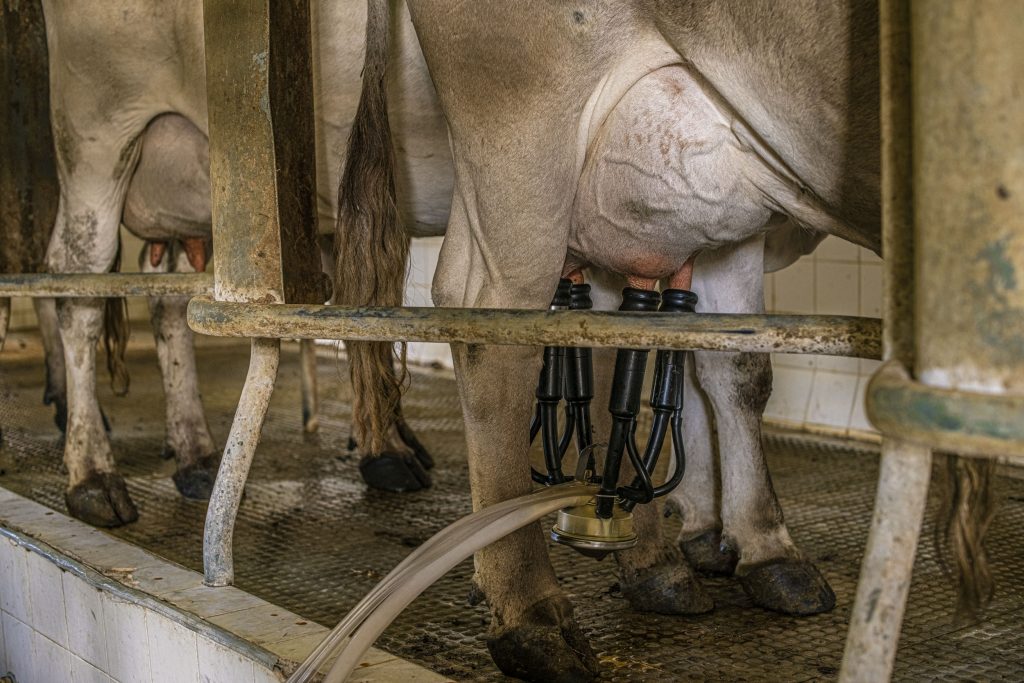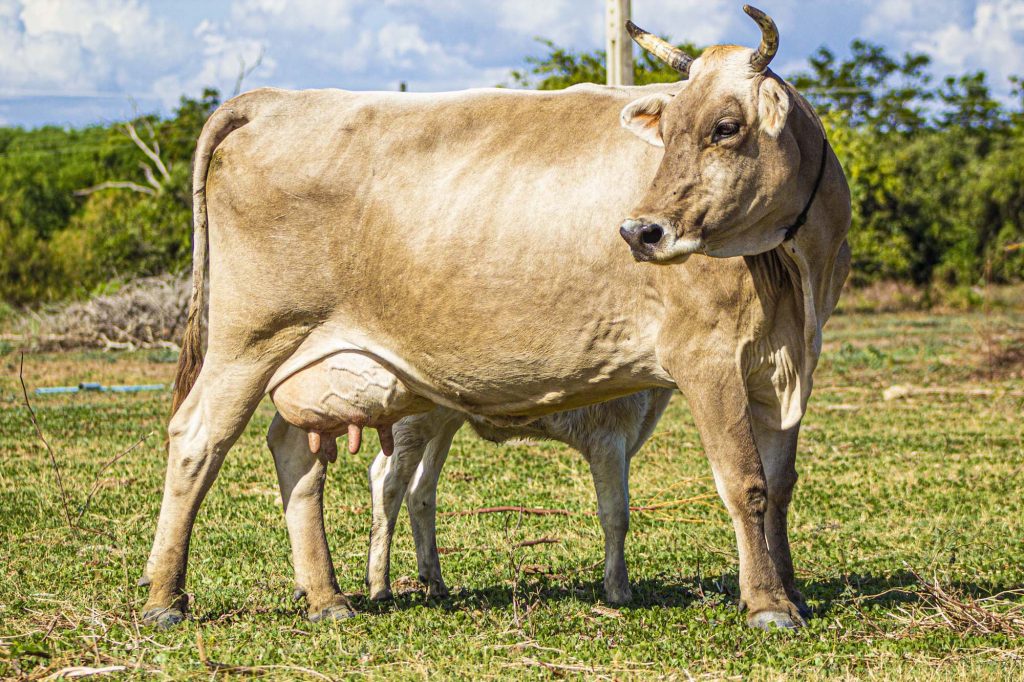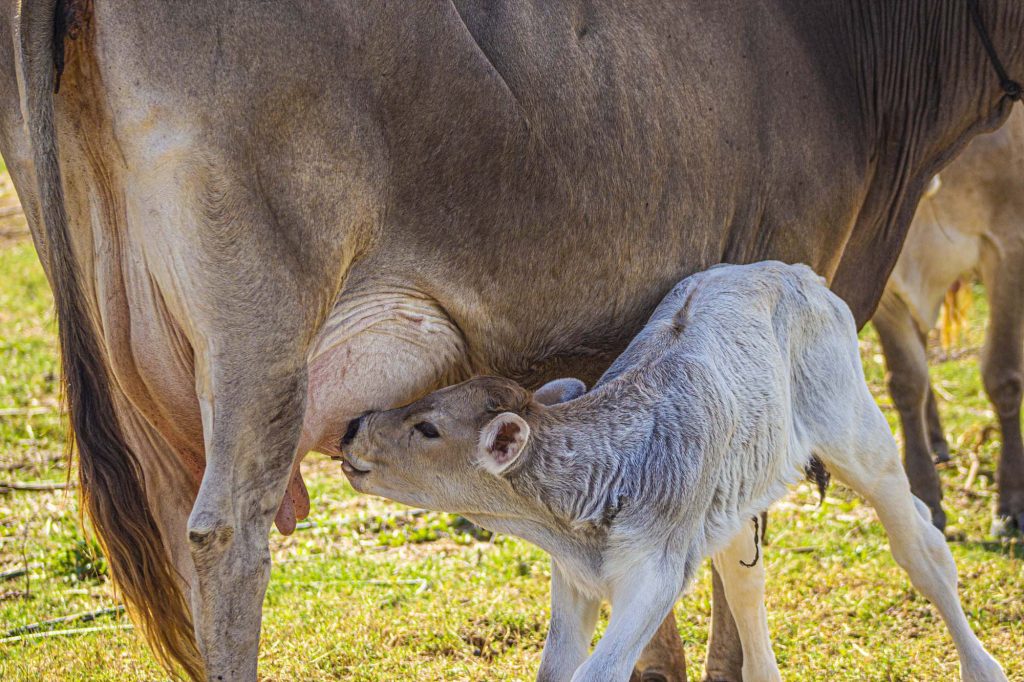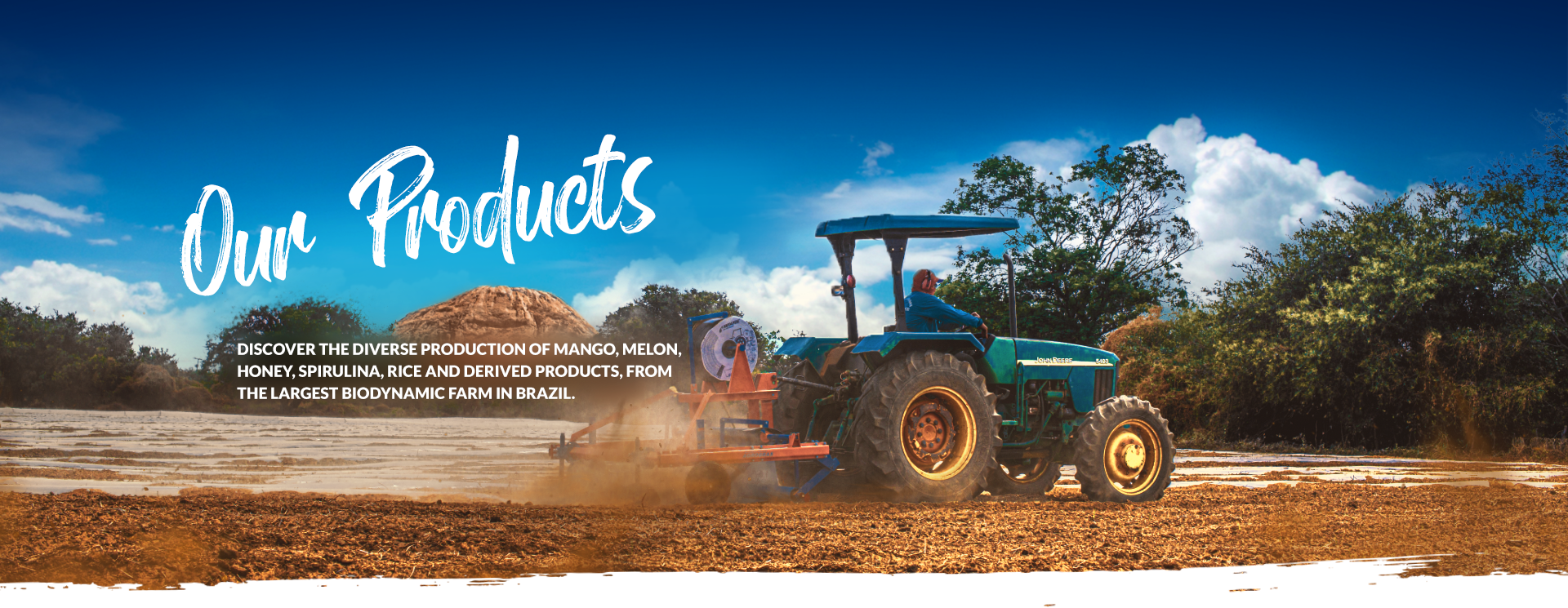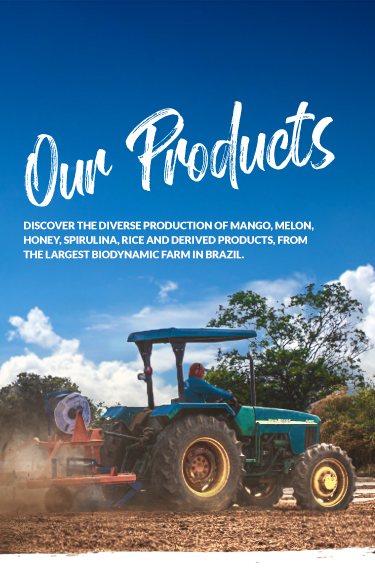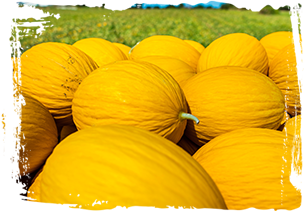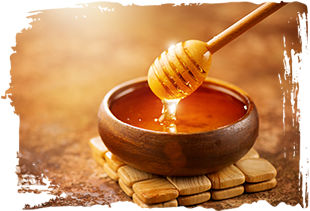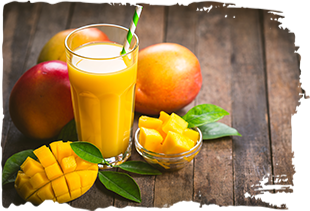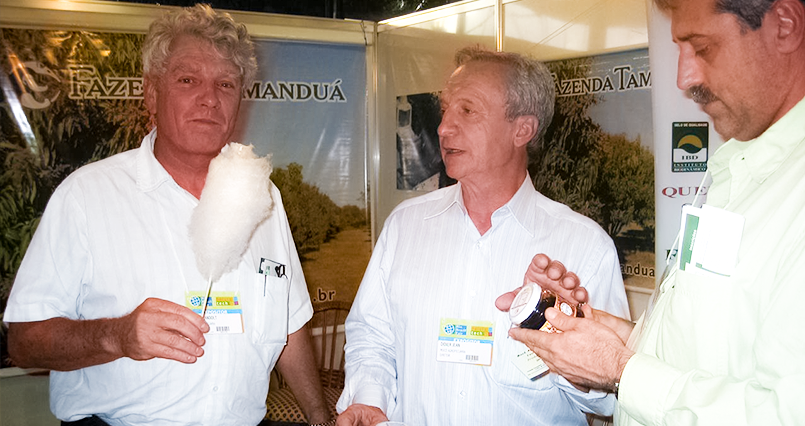Didier Jean
There is one person we cannot forget if we want to tell the story of the Tamanduá Farm: Didier Jean, a quiet person, but who played a very important role.
In 1976, I decided to buy a farm in the sertão of the Northeast to produce long-fiber cotton, following the guidelines of French IRCT researcher Jacques Boulanger, who worked at SUDENE in elaboration and genetic improvement, and was the father of C71.
I went to see up close what their production system was. They practiced the famous cattle/cotton binomial.
Passionate about growing cotton, I didn’t have a lot of knowledge about cattle management and reproduction techniques.
My friend Didier Jean, a Parisian architect, thought this challenge was at the level of his abilities. He has a degree in “Conduite de troupeau,” artificial insemination, and did an internship at INRA, a French research organization like EMBRAPA, to learn the innovative technique of embryo transfer via cervical route, without surgical intervention.
I arrived from São Paulo at the Tamanduá Farm in April 1977, speaking Portuguese quite well, and started to organize things, mainly telling residents that we were going to abandon the “meia” system of pay and hire all as employees, giving them more financial security.
I started communicating with the Paraíba Agricultural Office, preparing the Tamanduá Farm to become a producer of selected C71seeds, which it was until 1984. It was a fruitful cooperation and it taught me a lot.
The dairy cattle on the Farm held a few dozen cows led by Araruta, Carapeta, Schwitinha, who left 15 calves behind, and the bull, Givanildo, of the Schwitz breed, who had suffered from foot-and-mouth disease and was quite ugly, but energetic and yielding reasonable offspring.
Didier arrived in July 1977, the savior of the herd, bringing ideal and updated knowledge to organize and resize our flock in an efficient and productive way. A great challenge that he took on with courage and determination.
We opted for the Brown Swiss breed, which was already well established in the Northeast, and artificial insemination, which could bring about a rapid improvement in animal quality.
The only problem was that he didn’t speak a word of Portuguese and even with the herdsmen who were very interested in his knowledge, it was not easy, at least initially.
Besides, I decided to leave for a while to try to convince Catherine, my future wife, to visit the Farm where I would be living from now on.
Didier was alone!
A long-time friend, completely trustworthy, we moved forward together in this beautiful adventure that is the Tamanduá Farm.
An important step was to value the milk, which until then was sold to milkmen from the city of Patos who came daily to collect it on motorcycles, with drums that were already filled with water or even small fish...
We set up the cheese-making business, with SIF, producing local cheeses, like curds, but also matured European cheeses, like Saint Paulin and Reblochon.
We performed the first embryo transfer via cervical route in Brazil.
We imported pregnant heifers from Switzerland.
We participate in fairs in Parnamirim and Recife, collecting awards, divulging our breed and selling our animals.
At the end of the cotton cycle, we decided to implant the irrigated mango fields.
One of the exceptional strengths that Didier possessed was his calm nature. Because he had a certain visibility in the region and was a foreigner, all inspections and verifications landed here, and a lot of time was lost explaining and demonstrating our good faith. Didier, who said he was “inemmerdable,” withstood the pressure with tranquility.
Thanks to his presence, Catherine and I had the opportunity to see our 3 children grow up, initially on the Farm with French National Education courses, also sailing around the world. Then, at boarding schools and universities in Europe, always leaving with no worries, knowing that the Tamanduá Farm was in good hands.
Slowly, the Farm became more and more structured, and Didier and I grew old... Our super-active roles waned, and we went on to supervision and strategy.
Didier moved away, went to the coast, close to the sea that he loves, and I went back to Europe, to be closer to family, but our hearts still beat for the Tamanduá Farm and its history.
Thank you so much, Didier!
Text by: Pierre Landolt

